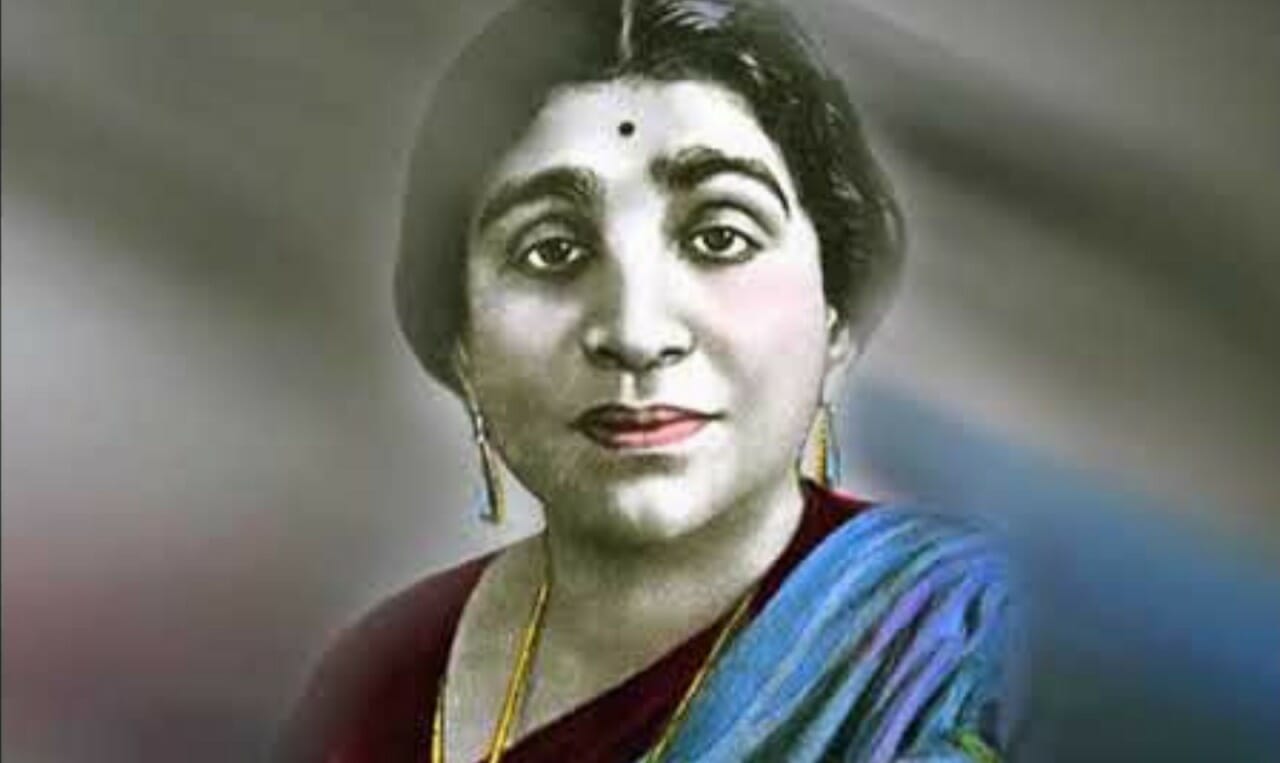

One woman whose status has long been debated is Khentkawes I. Title Mother of the King of Upper and Lower Egypt, King of Upper and Lower Egyptīorn c2550–2520 BC, possibly at the royal capital Memphis

Her name nonetheless appeared on a list of Egypt’s earliest kings which was discovered in 1986. When her tomb was discovered, at Abydos in 1900, it was claimed that “it can hardly be doubted that Merneith was a king”, until the realisation that ‘he’ was a ‘she’ saw her status switched to ‘queen’. These well-known names were simply drawing on female predecessors dating back to the beginning of Egypt’s written history and the first such ruler, Merneith (whose reign is dated to around 2970 BC). And while the c15th-century BC Hatshepsut ruled as a pharaoh in her own right, she is still often regarded as the exception that proves the rule – even though the evidence suggests there were at the very least seven female pharaohs, including Nefertiti and the great Cleopatra. Yet some Egyptologists still downgrade female rulers by defining them by the relatively modern term ‘queen’, which can simply refer to a woman married to a male king. Other women were overseers and administrators, or they held titles ranging from doctor, guard and judge to treasurer, vizier (prime minister) and viceroy.Īnd some women were also monarchs, from the regents who ruled on behalf of underage sons to those who governed in their own right as pharaoh, a term simply meaning ‘the one from the palace’. So while the most common female title in Egypt’s 3,000-year history was ‘lady of the house’ (housewife), many women worked in the temple hierarchy. This no doubt explains why the Greek historian Herodotus was forced to conclude that the Egyptians “have reversed the ordinary practices of mankind” when visiting Egypt around 450 BC. Such mixing of the sexes was not confined to myth, since Egypt’s women were portrayed alongside men at every level of society.


 0 kommentar(er)
0 kommentar(er)
